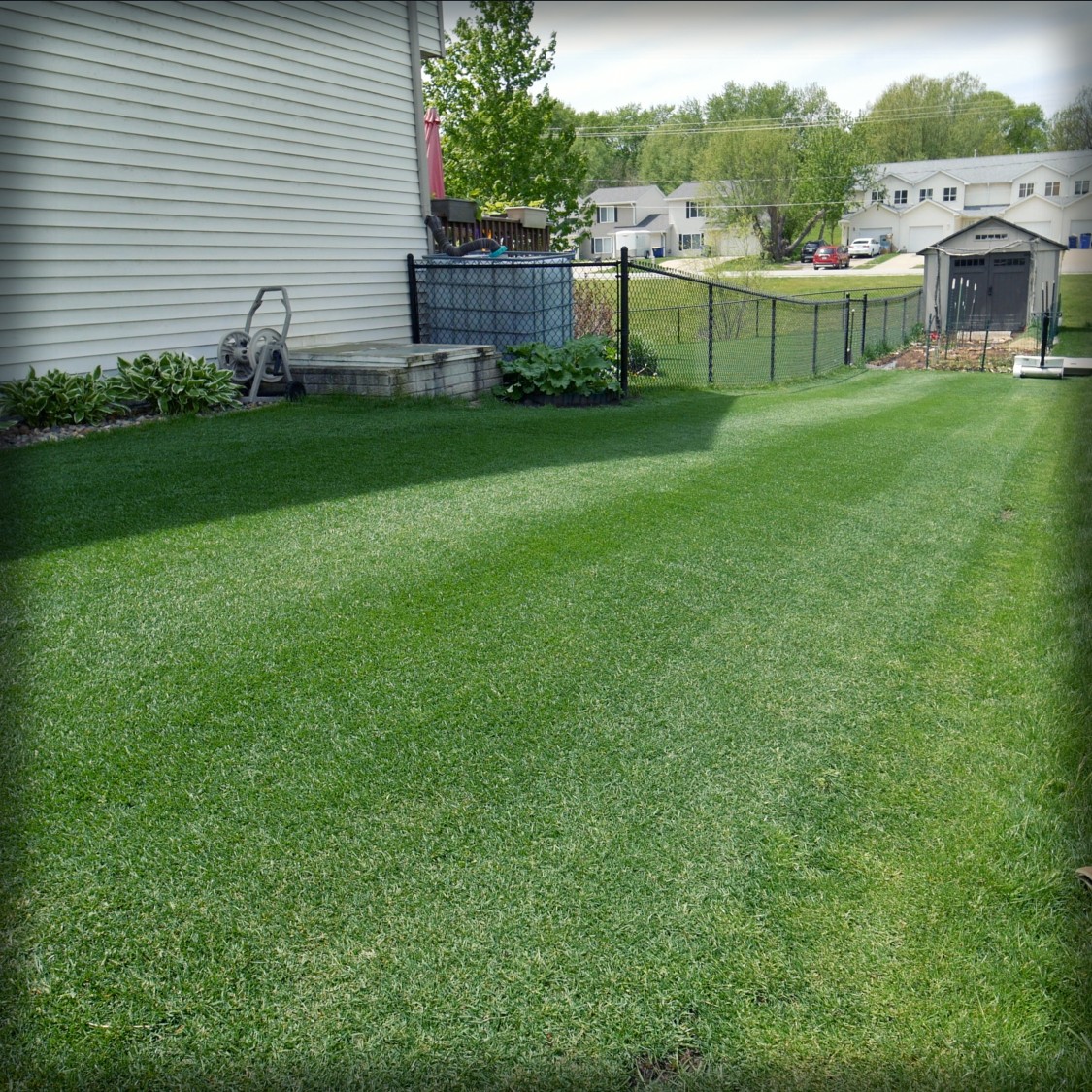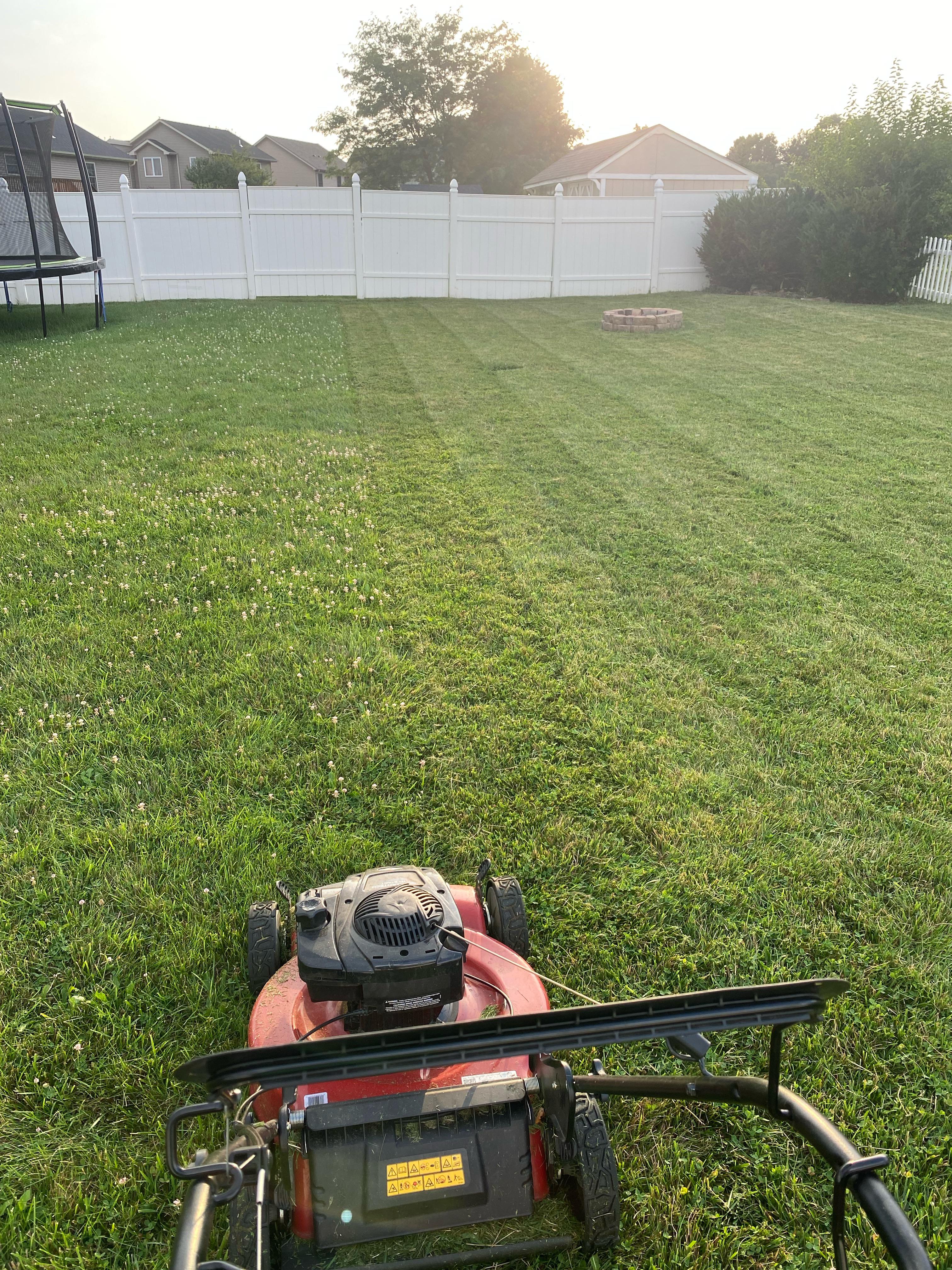The Ultimate Guide to a Lush Kentucky Bluegrass Lawn

Kentucky Bluegrass: A Homeowner’s Guide to a Lush Lawn
For homeowners who dream of a dense, vibrant, and resilient lawn, Kentucky bluegrass (Poa pratensis L.) is often the top choice. Its rich, emerald-to-blue-green hue and fine texture create a picture-perfect landscape that can be the envy of the neighborhood. But achieving that coveted, carpet-like appearance requires more than just wishful thinking—it demands knowledge and consistent care.
This comprehensive guide provides expert knowledge and actionable advice to help you grow and maintain a stunning Kentucky bluegrass lawn. From the science of its growth to best practices for establishment and long-term maintenance, this article equips you with everything you need for success.
Understanding Kentucky Bluegrass
Before you can effectively care for Kentucky bluegrass, it’s essential to understand its unique characteristics.
Key Characteristics
- Color and Texture: Dark green to blue-green color with a medium to fine texture, creating a soft, dense turf.
- Growth Habit: A sod-forming grass that spreads by underground rhizomes, filling in bare spots naturally.
- Climate Preference: Thrives in cool, humid regions with active growth in spring and fall.
- Sunlight Requirements: Needs 6–8 hours of direct sunlight per day; light shade tolerated but less dense.
- Soil Needs: Prefers fertile, well-drained soil with pH between 6.0 and 7.0.
Strengths
- Excellent cold tolerance for northern climates.
- Self-repairs due to rhizomatous growth.
- Beautiful, high-quality appearance.
Weaknesses
- Shallow roots make it less drought- and heat-tolerant.
- High maintenance compared to other grasses.
- Slow germination requiring patience.
Planting and Establishment
Establishing Kentucky bluegrass requires careful planning and patience. Site preparation and timing are critical.
Site Preparation
- Weed Eradication: Remove existing weeds; use a non-selective herbicide for severe infestations.
- Soil Testing: Test pH and nutrients. Amend with lime or organic matter as needed.
- Seedbed Prep: Till to 4–6 inches, smooth, and firm soil for good seed-to-soil contact.
Best Planting Times
- Fall (Recommended): Mid-August to mid-October for ideal soil temps, fewer weeds, and strong root growth before winter.
- Spring: Possible but more challenging due to weeds and heat stress.
Seeding Tips
- Rate: 2–3 lbs per 1,000 sq ft (half for overseeding).
- Depth: ¼–½ inch, lightly raked in.
- Seed Quality: Always buy from a reputable supplier.
Initial Care
- Keep seedbed moist until seedlings establish.
- Use a starter fertilizer formulated for new lawns.
- Delay herbicides until grass thickens naturally.
Using Sod
For instant results, lay sod on prepared soil, water thoroughly, and maintain consistent moisture for rooting.

Maintenance Practices
Mowing
- Height: 2.5–3.5 inches. Higher in summer for drought and weed tolerance.
- One-Third Rule: Never cut more than one-third of blade height.
- Clippings: Leave unless excessive—adds nutrients back into soil.
Watering
- Amount: 1–1.5 inches per week, including rainfall.
- Frequency: Deep, infrequent watering (1–2 times per week).
- Best Time: Early morning (4–9 AM) to reduce disease risk.
Fertilization
- Timing: Fall is most important; lighter applications in spring.
- Type: Balanced fertilizer with slow-release nitrogen (e.g., 12-4-8).
- Rate: 3–4 lbs of nitrogen per 1,000 sq ft annually.
Pest and Disease Control
- Grubs: Watch for brown patches; use milky spore or insecticides if needed.
- Billbugs & Armyworms: Treat with targeted insecticides.
- Fungal Issues: Necrotic ring spot and summer patch can be reduced with proper mowing, watering, and resistant varieties.
Conclusion
Cultivating a Kentucky bluegrass lawn is a rewarding process. While it requires effort—consistent mowing, watering, fertilization, and vigilance against pests—the result is a lush, resilient, and beautiful lawn. By following these practices and adjusting your care to the needs of the grass, you’ll enjoy a thriving lawn that enhances your home’s curb appeal for years to come.
- How to Sharpen Mower Blades Like a Pro: Safe, Simple Steps for a Cleaner Cut
- Centipede Grass: The Low-Maintenance Lawn for Warm Climates
- Bermudagrass: The Tough, Sun-Loving Lawn That Thrives in the Heat
- Zoysiagrass: The Elegant, Durable Lawn for Warm and Transitional Climates
- Mowing Height Made Simple: How to Pick the Right Height for Your Lawn (Any Grass, Any Climate)